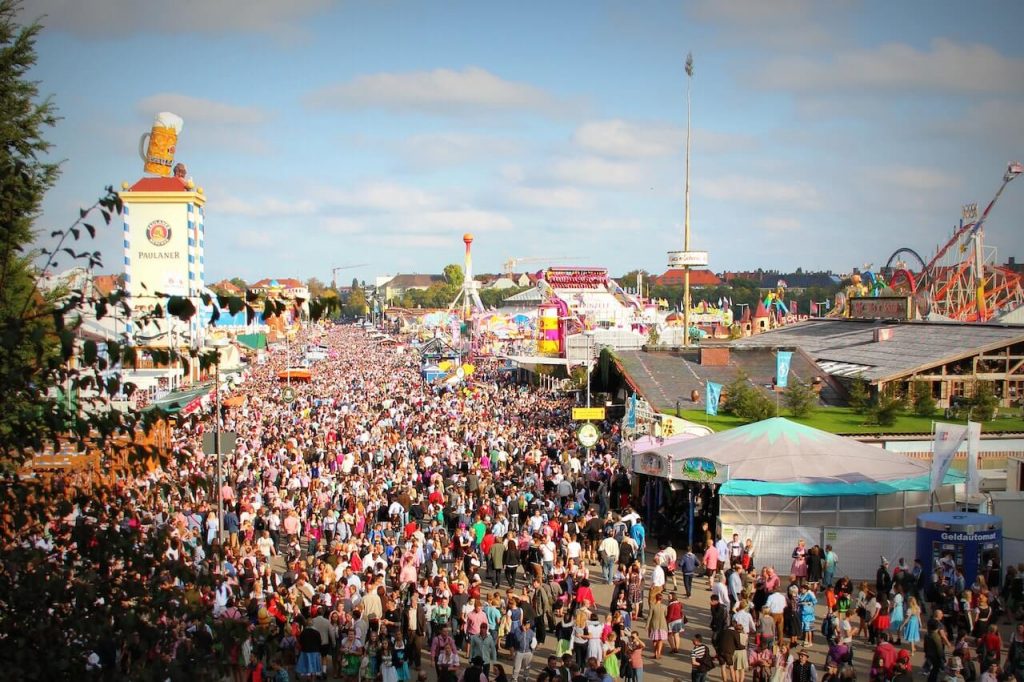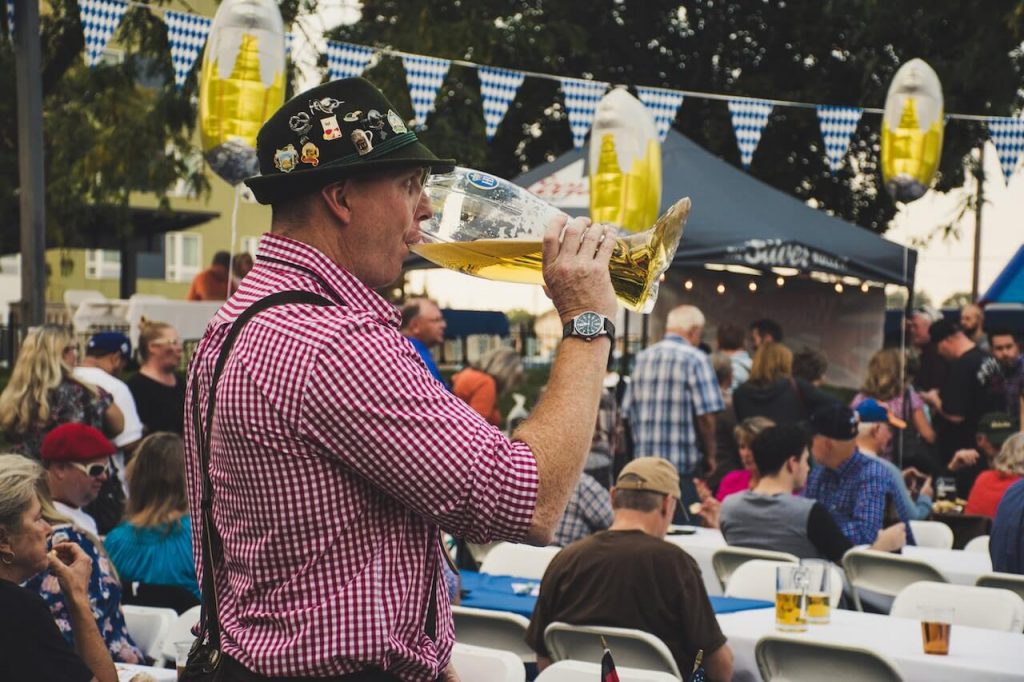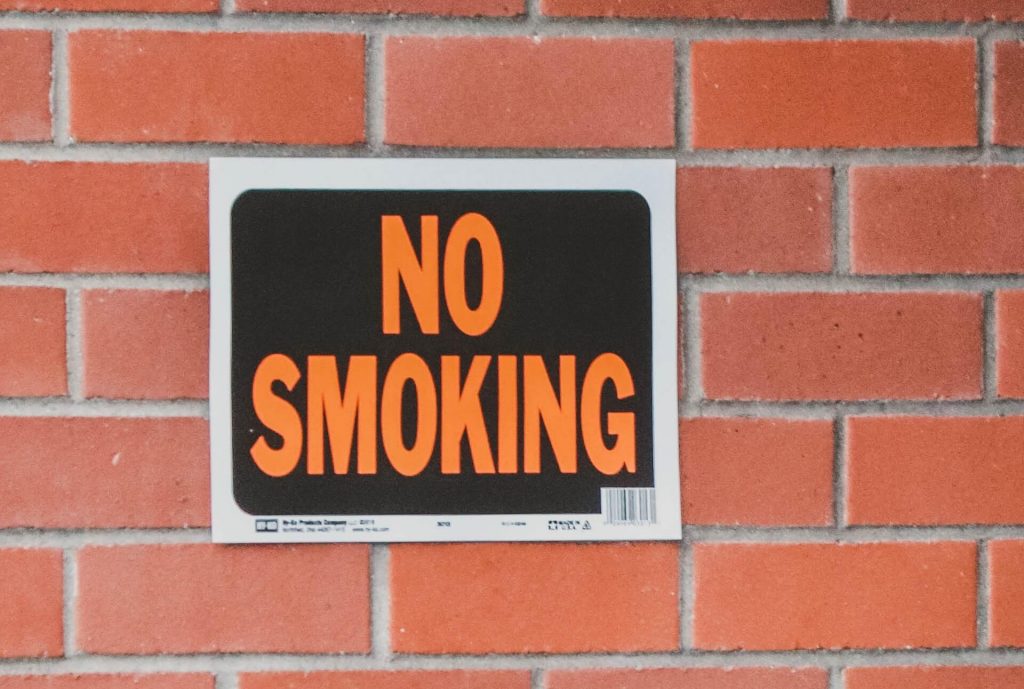When the name “Oktoberfest” is uttered, visions of overflowing beer steins, vibrant Bavarian costumes, and jubilant crowds instantly come to mind. Yet, beneath this surface lies a realm of lesser-known intricacies that contribute to the festival’s allure. While beer and sausages reign supreme, it’s the concealed details that truly transform Oktoberfest into an unparalleled experience. This journey delves into the depths of these hidden facets, offering insights that illuminate the enigma behind this celebrated event.
Early Start

Despite its name, Oktoberfest commences its revelries in September. While the first thought may be a contradiction, the truth is that this iconic festival traditionally kicks off in the latter part of September and extends into the initial days of October. This clever deviation from the anticipated schedule is rooted in the region’s weather patterns. Bavaria experiences milder temperatures in September, creating a more pleasant atmosphere for outdoor festivities. What you didn’t know is that Oktoberfest strategically embraces the tail end of summer for an optimal celebration.
Beer Regulations
Amid the joyful clinking of glasses, a meticulously governed beer culture thrives. What might elude the casual observer is the intricate set of regulations dictating the brews served at Oktoberfest. What you didn’t know is that these regulations are designed to ensure the utmost quality and authenticity. The beer must not only be brewed within Munich’s city limits but also adhere to the Reinheitsgebot, or the German Beer Purity Law. This historic law, established in 1516, mandates that beer can only comprise four ingredients: water, malt, hops, and yeast. This stringent adherence to tradition safeguards a brewing heritage that spans centuries.
Opening Ceremony
The grandeur of Oktoberfest materializes through its opening ceremony, an event brimming with regal splendor and symbolism. The uninitiated might not be aware that this inaugural event unfurls with a majestic parade. A procession of horse-drawn beer wagons, bedecked in traditional finery, wends its way through the streets of Munich. At the festival grounds, the mayor of Munich partakes in the ceremonial tapping of the first beer barrel. This act, known as “O’zapft is!” (It’s tapped!), reverberates through the crowd, signifying the official commencement of the festivities. What you didn’t know is that this ritual is more than just a formality; it encapsulates the heart and soul of Oktoberfest.
Beer Consumption

Oktoberfest’s reputation as a colossal beer-consuming extravaganza is well-known. However, the staggering scale of consumption might be surprising. What you didn’t know is that this celebration witnesses the consumption of millions of liters of beer annually. This makes Oktoberfest a global contender in the realm of beer consumption events. The beer flows ceaselessly, creating a river of camaraderie and mirth that engulfs the festival grounds.
Lost and Found
Amidst the revelry, it’s easy to lose track of personal belongings. Yet, the festivities conceal the presence of the dedicated Lost and Found office. Beyond the obvious purpose of reuniting lost items with their owners, this office becomes a repository of untold stories. Forgotten cell phones, misplaced traditional clothing, and more, each item carries a narrative of its own. What you didn’t know is that within Lost and Found, a tapestry of human experiences is woven, reflecting the diverse tapestry of attendees.
Bavarian Oompah Bands
The lively tunes of Bavarian oompah bands infuse Oktoberfest with an irresistible energy. While many widely acknowledge the presence of these bands, their influence might surprise you in its depth. These bands, with their traditional instruments and spirited melodies, foster an atmosphere of exuberance and unity. What you didn’t know is that while they honor classic German tunes, they also seamlessly weave contemporary hits into their repertoire. This fusion bridges generations and musical preferences, ensuring that every attendee finds a rhythm to sway to.
No Smoking

In recent years, a notable change has taken root at Oktoberfest. The organizers have outright banned smoking in enclosed spaces, which was once common within the festival tents. This development aims to enhance the overall air quality, creating a more pleasant environment for all participants. What you didn’t know is that this shift not only aligns with modern sensibilities but also underscores the festival’s commitment to the well-being and comfort of its attendees.
Economic Impact
The economic impact of Oktoberfest reaches far beyond beer sales. What you might not realize is that this iconic celebration serves as a catalyst for economic vitality in Munich and its vicinity. The influx of visitors, combined with the consumption of goods and services, generates revenue that reverberates through various sectors. What you didn’t know is that Oktoberfest fuels local businesses boosts tourism, and invigorates the hospitality industry, underscoring its role as an economic powerhouse.
Rides and Attractions
While beer takes center stage, Oktoberfest is not limited to libations and culinary delights. The festival’s expanse transforms into a playground of entertainment and thrills. Beyond the realm of what you might expect, Oktoberfest boasts a diverse array of carnival rides and attractions. From heart-pounding roller coasters to whimsical Ferris wheels, these attractions offer an exhilarating counterpoint to traditional revelry. What you didn’t know is that Oktoberfest is a multi-faceted celebration, offering an array of experiences that cater to various tastes and ages.
Royal Carriages

Historical horse-drawn carriages, harking back to the era of King Ludwig I, grace the opening parade of Oktoberfest. What often goes unnoticed is the nostalgic charm these carriages bring to the festivities. These regal carriages, with their timeless elegance, pay homage to a bygone era, infusing the celebration with a touch of majesty. What you didn’t know is that these carriages bridge the past and the present, underscoring the enduring legacy of Oktoberfest.
Tent Capacity
The colossal beer tents of Oktoberfest are no mere structures; they are emblematic of communal revelry. Yet, the sheer scale of these tents might escape the casual observer. What you didn’t know is that some of the largest tents, such as the Hofbräu-Festzelt, possess the capacity to accommodate over 10,000 guests simultaneously. These massive enclosures become microcosms of celebration, where laughter, song, and the clinking of glasses blend harmoniously.
Security Measures
In an era that underscores safety, Oktoberfest stands as a testament to vigilance. What many might not know is that the festival has bolstered security measures to ensure the safety and well-being of its attendees. Rigorous bag checks and heightened police presence have become standard, creating an environment where festivities unfold in an atmosphere of security and harmony. What you didn’t know is that behind the scenes, meticulous planning safeguards the spirit of Oktoberfest, allowing participants to immerse themselves in the celebration without worry.
Conclusion
Beyond the bustling tents and the clinking steins lies a universe of hidden treasures that compose the essence of Oktoberfest. What you might not realize is that this celebration, with its fusion of tradition and innovation, transcends its outward facade. It’s a symphony of history, camaraderie, culinary delights, and merriment that envelops participants in an unforgettable experience. As you raise your glass and join the chorus of cheers, remember the myriad layers that constitute the enigma of Oktoberfest. It’s not merely an event; it’s a tapestry of stories, traditions, and shared moments that resonate through time.